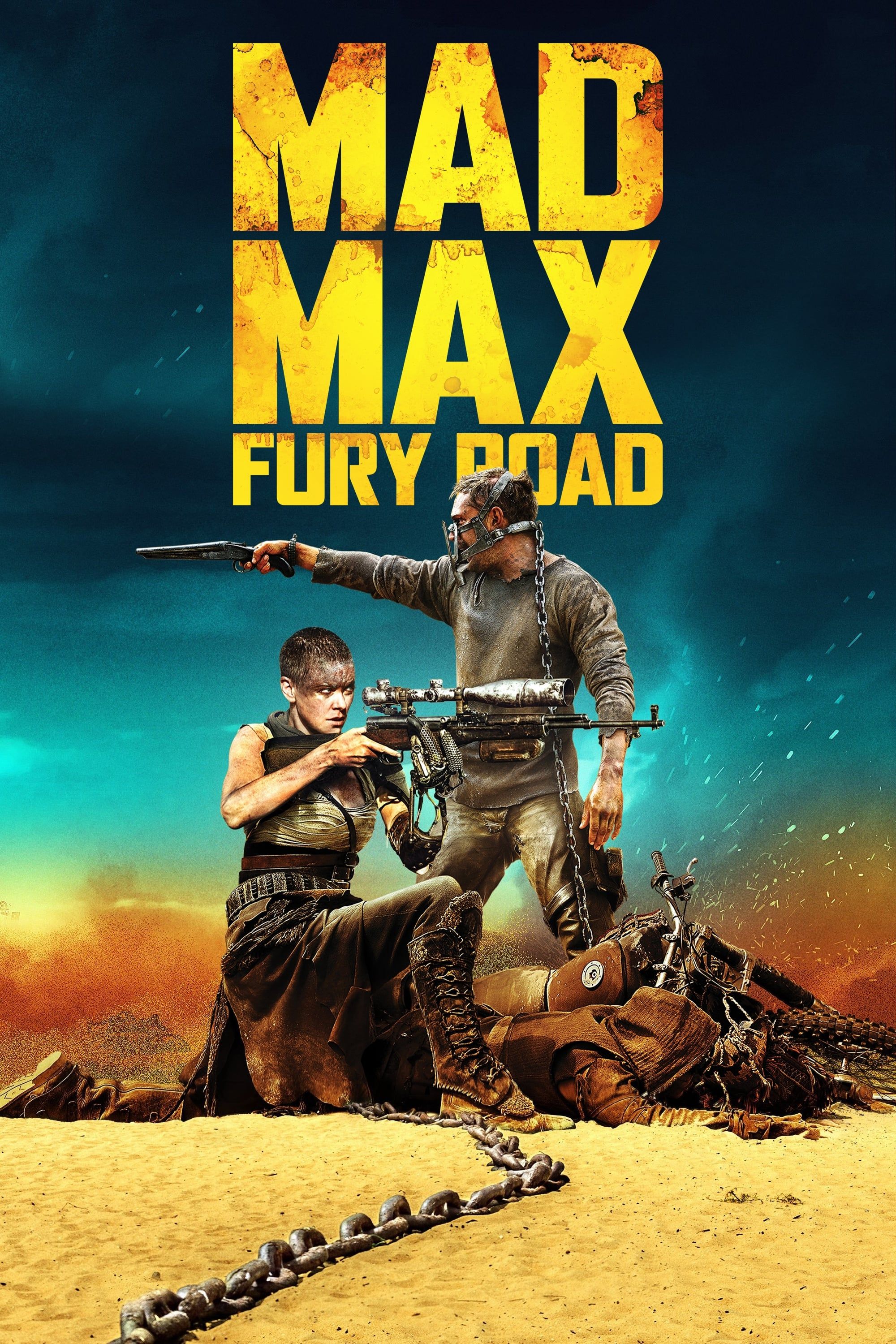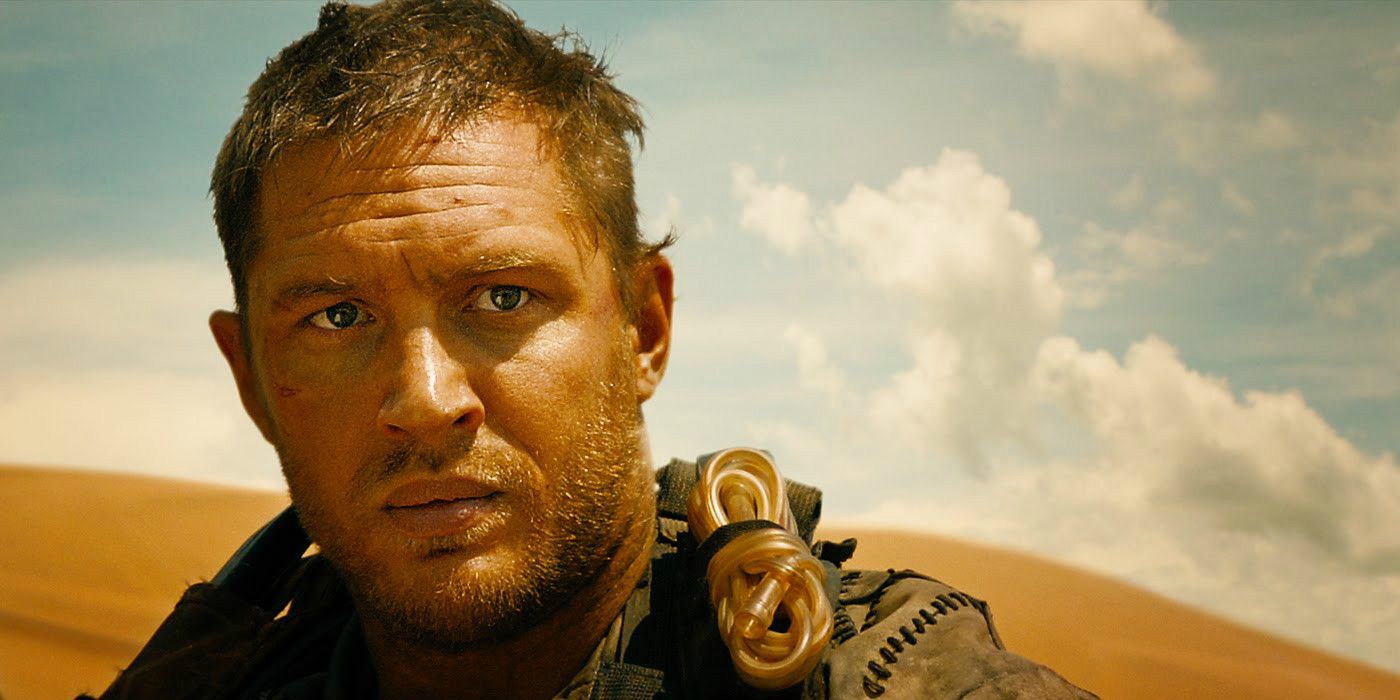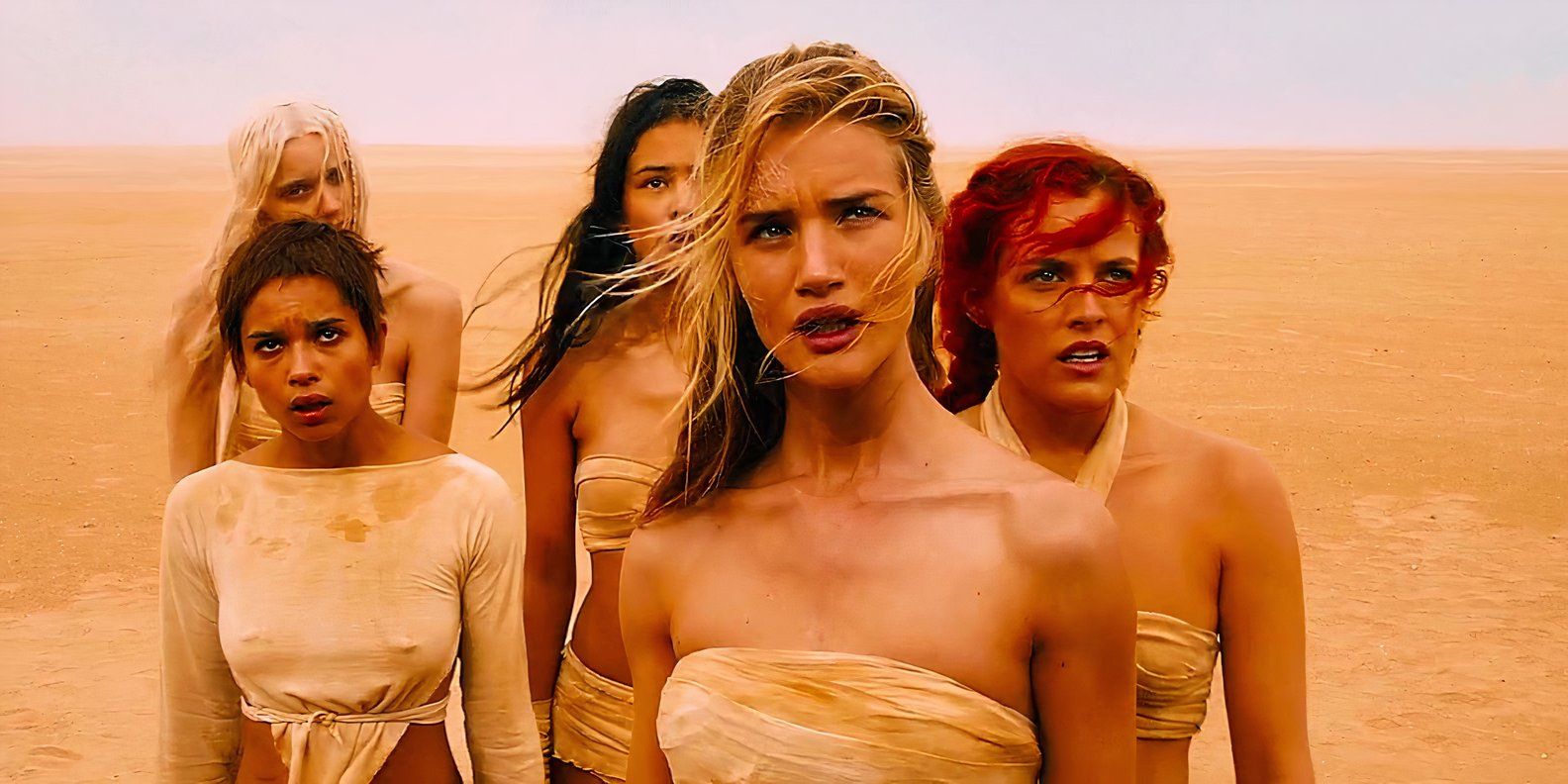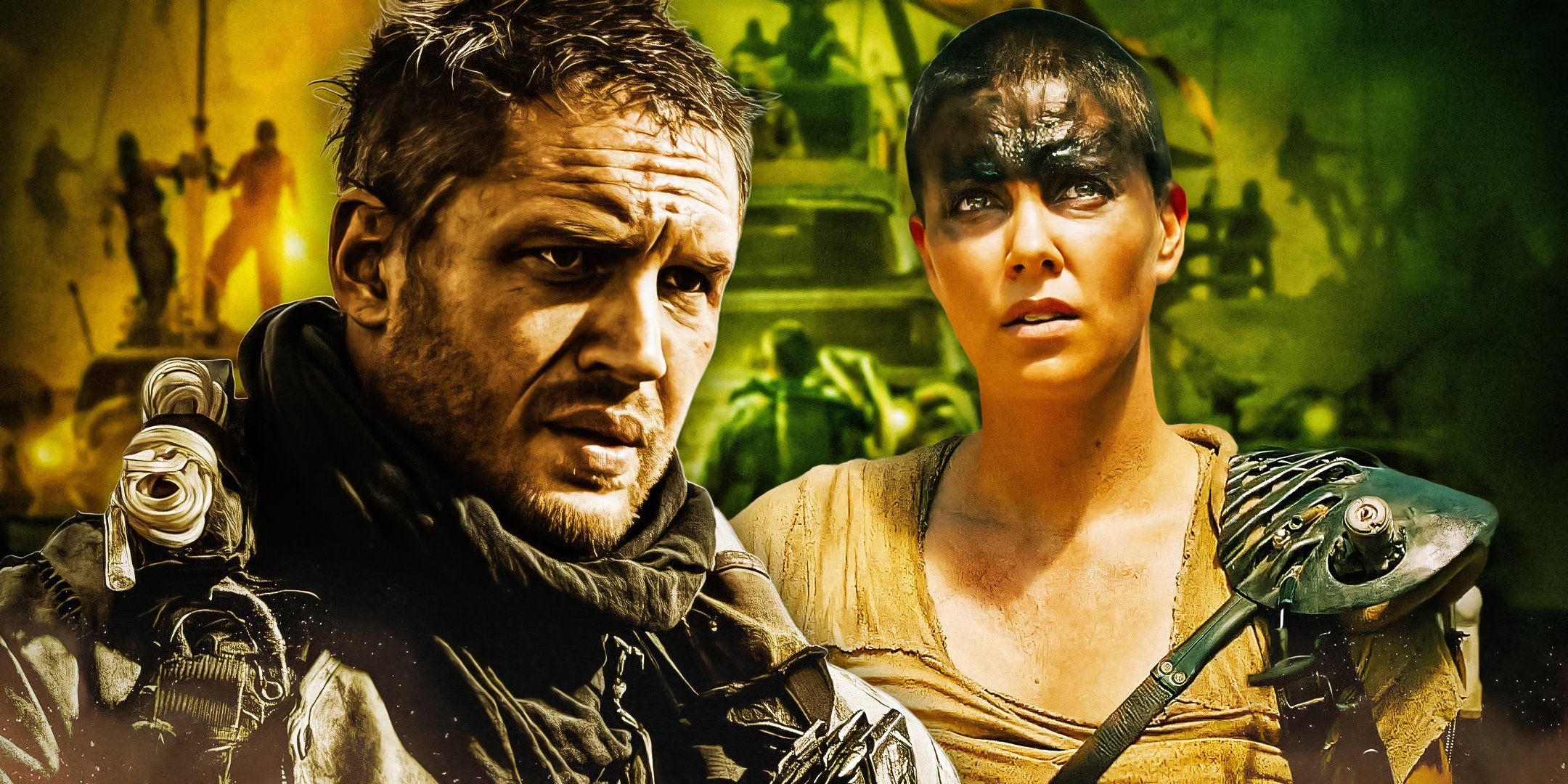This fast-paced action is enjoyable but is made more aggressive by certain filmmaking tactics.
This resulted in a disturbing nightmare of an opening, which was sometimes replicated throughout the movie.
Thisjarring, stilted camera work was combined with the movie’s loud and aggressive soundtrackto build a growing unease.

This smart production sometimes felt a little too effective.
Action movies, in general, aren’t known for taking every death seriously.
And,Mad Max:Fury Roadactually shines when it takes itself less seriously.

Its silliness is one of the best things about it.
Yet, there is a chance thatFury Roadcould have used a touch more consideration of its many deaths.
Perhapsslightly more acknowledgment of its many tragedies would have benefitedMad Max: Fury Road.

Mad Max: Fury Road is the fourth film in George Miller’s long-running sci-fi franchise, with Tom Hardy starring as Max Rockstansky, a vagabond who lives on the road in an apocalyptic wasteland. When Max comes across a cult group that keeps its people in fear and under control with a monopoly on water and other crucial supplies, he joins up with Imperator Furiosa, a warrior woman leading a rebellion against the cult’s leader, Immortan Joe.
Nux looked like Immortan Joe’s biggest fan until he could no longer yo him.
Nux had glorious development, with his arc ending tragically and perfectly.
Like the movie’s screaming soundtrack and cut frames, itshigh saturation gave it the feeling of being overwhelming.

This suited the movie perfectly, as it was built to be over the top.
TheChrome Editiongave viewers the option to skip the original’s high-octane palette.
The high saturation ofMad Max: Fury Roadmade it deliberately comic-bookin style, which reflected theMad Maxcomics.

This made sense but could be difficult on the eyes.
TheChrome Editiongave viewers the option to skip the original’s high-octane palette.
Mel Gibson’s Mad Max was wonderful but nowhere near as unhinged as Tom Hardy.

In many ways,Max really came into his own inMad Max: Fury Road.
That is why it is such a harsh reality that Hardy’s Max didn’t get a sequel.
The franchise followedFury Roadup withFuriosa: A Mad Max Saga.

While the movie’s strength was its style, its substance could lag behind.
The violence ofMad Max: Fury Roadwas beautifully stylized and nicely offset by strongly portrayed themes.
Friendship was put to the test in a brutal setting.

However,there were long stints of action, and not all of them seemed fully necessary.
The action was, overall, exceptional.
This could, perhaps, have been slightly reduced and refined.

This harsh reality actually paintedMad Max: Fury Roadin a good light while reflecting less well on its predecessors.
Gibson’s memorable turn was hugely influential and paved the way for Tom Hardy.
Nonetheless, the movie’s dark tone made it stronger.
In this vein,the movie could have acknowledged the full terror of its implicationsmore.
The action sequences of the movie needed the explosions to create the drama that they did.
However,some scenes got confusingas explosions continued, distorting the clarity of events.
Among the well-timed explosions were some pyrotechnics that could have been toned down.
This endangered theFury Roadsequel that George Miller had been contemplating.
Speaking withForbes, Tom Hardy addressedtheMad Max: The Wastelandmovie, which was meant to come afterFury Road.
Hardy bluntly commented ‘I don’t think that’s happening," upsetting manyMad Maxfans.